California Autobody webinar features Brad Mewes!
During the beginning of the pandemic, I was running a small outsourced CFO business. We were doing mostly SBA loan brokerage, mergers/acquisitions of small businesses, and then the economy shuts off overnight!
Relief is on the way!
In the beginning, the only aid package available was called the EIDL. Around that time we started doing a ton of work with small businesses. Particularly we were successful with auto body shops focusing on the PPP. Around that time, we discovered an aid option that nobody knew about called the employee retention tax credit. At a time when additional aid was desperately needed, finding out what qualified a business for this credit became a priority.
We quickly discovered there are three main qualifiers for the employee retention tax credit.
Revenue Reduction
The first factor is revenue reduction. Obviously, one of the immediate and most damaging effects of the economic shutdown was lost revenue to most businesses. While the percentage depends on the time period; basically, if you have a 20% reduction in sales and revenue from 2019 to 2020, you qualify.
Partial Shutdown
The second qualifier is known as partial shutdown. Things happened so fast that many business owners didn’t realize how much they actually had to change in order to keep doing business. New safety procedures, altered processes to reduce contact, and changes to business hours/staffing all had a drastic effect on many companies. Demonstrating how new regulations affected daily processes is another step in qualifying for the employee retention tax credit.
Supply Chain Disruption
Finally, the third main qualifier is supply chain disruption. OEM’s either shutting down completely or drastically cutting back on production this one was especially relevant to autobody shops nationwide. Essential business or not, if you can’t get the parts you need to get the job done then you aren’t getting paid. Establishing that your supply chain was significantly impacted is the final qualifier for being eligible for the employee retention tax credit.
Take your time and do things right!
As word spread of the employee retention tax credit, one of the most common mistakes businesses made was to rush through their application. Failure to provide documentation of the qualifiers is an easily avoidable mistake. If you’re relying on a partial shutdown you have to have copies of the government mandates that tie back to impacting your business. Having that supporting documentation is really important.
Whether you are documenting government mandates that drastically changed how you do business, creating new processes or safety procedures, or Covid related paid time off for employees; being able to demonstrate what specifically affected your business is the key to qualifying.
We just do the things right!
I’ve modeled my approach around the lessons I’ve learned running my family’s business. If there’s ever an audit, ever a review, whatever it may be; not only do we 100% guarantee the work that we do, we guarantee it for life! I just think that’s the right thing to do. We know we are going to do a good job so why not put our money where our mouth is?



